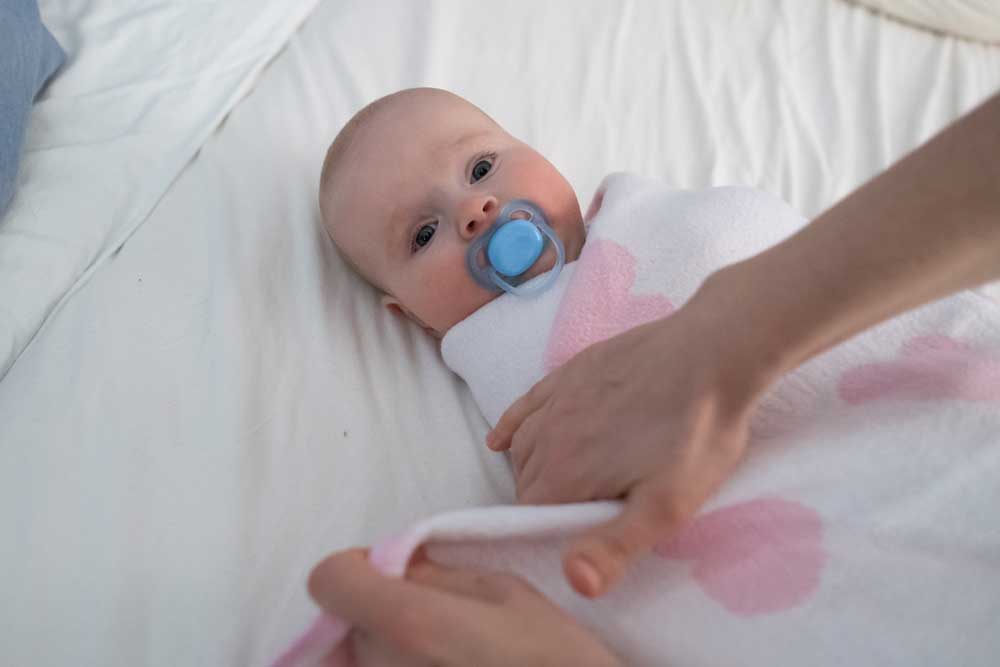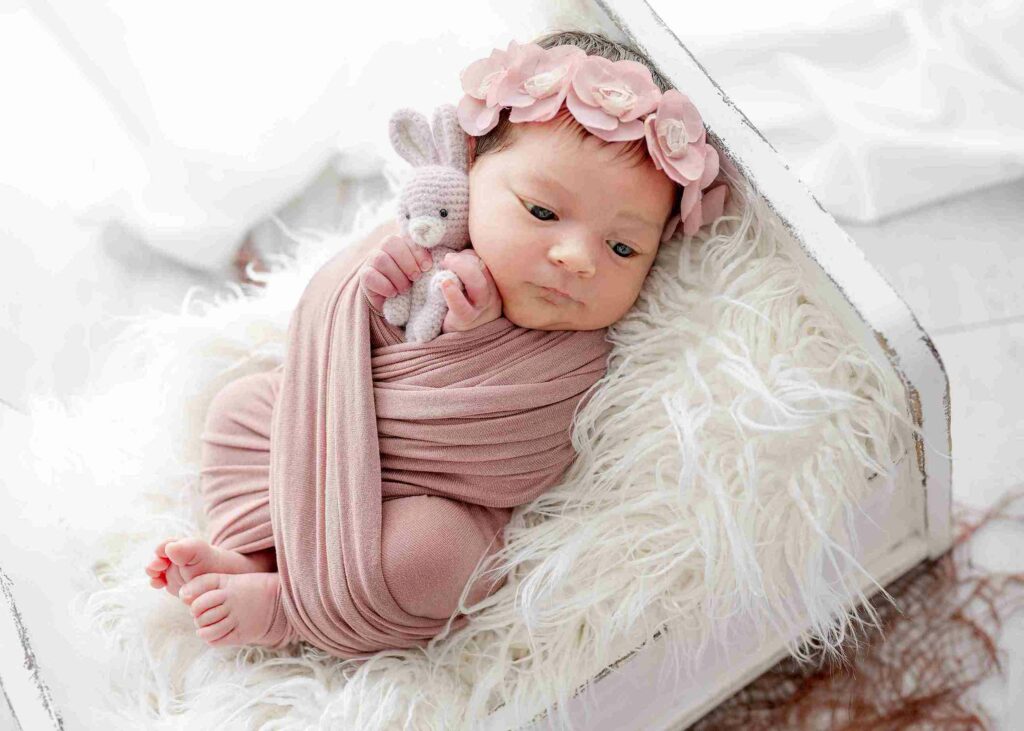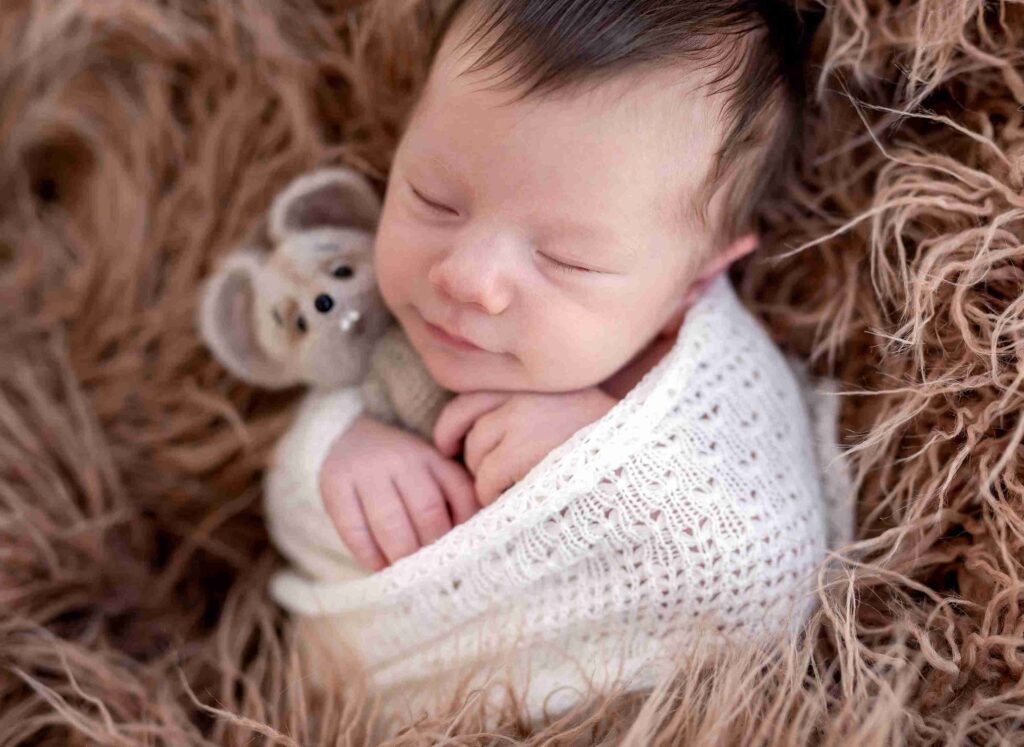
Swaddle Safety: Tips to Ensure Safe and Comfortable Sleep for Newborns
Welcoming a newborn into your family is a joyous occasion, but it also comes with a host of new responsibilities and decisions to make. One important practice that many parents adopt to help their babies sleep soundly and securely is swaddling.
However, ensuring that your newborn is safely and comfortably swaddled is crucial. In this article, we’ll explore the world of newborn swaddle safety and provide essential tips to help parents ensure their little ones sleep peacefully.
The Art of Swaddling
Swaddling is a centuries-old practice of wrapping a baby snugly in a blanket or cloth to restrict their movement. This practice is believed to provide infants with a sense of security, replicating the cozy environment of the womb. When done correctly, newborn swaddling can aid in calming a fussy baby and promote better sleep patterns.
Benefits of Swaddling
- Sleep Promotion. Swaddling can help infants sleep for longer periods by preventing the startle reflex and reducing the likelihood of waking themselves up with sudden movements.
- Security. The snug feeling of swaddling can make babies feel secure and comforted, reducing anxiety and promoting relaxation.
- Temperature Regulation. Swaddling can help regulate a baby’s body temperature, preventing overheating while maintaining warmth.
- Reduced Risk of SIDS. When done safely, swaddling may reduce the risk of sudden infant death syndrome (SIDS) by keeping loose bedding away from the baby’s face.
Newborn Swaddle Safety: Tips for Parents
While swaddling offers numerous benefits, it is essential to prioritize safety when adopting this practice. The following tips will help you swaddle your newborn safely and provide them with a comfortable sleep environment.
Choose the Right Swaddle Blanket
- Size: Select a swaddle blanket that is appropriately sized for your baby’s age and weight. Avoid using blankets that are too large, as excess fabric can pose a suffocation risk.
- Material: Opt for a swaddle blanket made from breathable, lightweight fabric such as muslin or cotton. Avoid blankets with excessive thickness or fluff.
Positioning Matters
- Back to Sleep: Always place your swaddled baby on their back to sleep. This position reduces the risk of SIDS.
- Loose Blankets: Ensure that there are no loose blankets, toys, or pillows in the crib that could pose a suffocation hazard. A swaddle blanket should be the only covering.
- Head Uncovered: Leave the baby’s head uncovered, with their face clear of fabric. Babies need access to fresh air to breathe properly.
Hip-Friendly Swaddling
- Hip Positioning: Allow room for your baby’s hips to move. Ensure that their legs can bend at the hips, as this promotes healthy hip development.
- Avoid Tight Binding: Do not swaddle your baby’s legs too tightly. Leave enough space for natural hip movement.
Monitoring Temperature
- Avoid Overheating: Ensure your baby is not too hot while swaddled. Overheating can increase the risk of SIDS. Dress your baby in light clothing appropriate for the room temperature.
- Check for Signs of Discomfort: Pay attention to your baby’s cues. If they appear flushed, sweaty, or uncomfortable, it may be a sign that they are too warm.
Secure Swaddle Technique
- Tight but Not Restrictive: When swaddling, make sure the blanket is snug but not too tight. Your baby’s chest should rise and fall comfortably as they breathe.
- Keep It Below the Shoulders: The swaddle blanket should be snug around the baby’s arms and chest but leave enough room for their hips to move freely.
- Use Swaddle Sacks: Swaddle sacks or wraps with built-in closures can simplify the swaddling process and ensure that the swaddle stays secure.
Practice Safe Sleep Environment
- Use a Firm Mattress: Place your swaddled baby on a firm and flat sleep surface, such as a crib or mattress. Avoid soft surfaces like couches or adult beds.
- Remove Hats and Head Coverings: Avoid placing hats or head coverings on your swaddled baby while they sleep, as these can slip over their face and obstruct breathing.
- Supervise Naps: If your baby is swaddled during daytime naps, ensure that they are under close supervision.
Transition Out of Swaddling
- Age-Appropriate: As your baby grows and starts to show signs of rolling over, it’s time to transition out of swaddling. Swaddling can restrict their ability to roll over, which is an important developmental milestone.
- Use: Transition to the use of or wearable blankets, which provide warmth without the need for loose blankets.
Signs That Your Baby Is Uncomfortable
While swaddling can be a comforting practice for many babies, it’s essential to pay attention to your baby’s cues to ensure their comfort and safety. Signs that your swaddled baby may be uncomfortable include:
- Excessive fussiness or crying
- Difficulty settling down for sleep
- Attempting to break free from the swaddle
- Restlessness during sleep
- Overheating, indicated by flushed skin and sweating
- Struggling to breathe, with the chest not rising and falling comfortably
Swaddling Variations and Swaddle Transition
Swaddling techniques may vary, and it’s important to find the method that works best for you and your baby. You can find some swaddling variations here.
Swaddle Sack
Swaddle sacks or with built-in closures can simplify the swaddling process. They typically have a zip for easy use.
Arms Up Swaddle
Some babies prefer having their arms up near their face while swaddled. Look for swaddle blankets designed to allow for this arm positioning.
Swaddle with Legs Out
As your baby grows and shows signs of wanting more mobility, you can transition to a swaddle where the legs are left free while the upper body remains snugly wrapped.
Swaddle Transition
When your baby begins to roll over, it’s time to transition out of swaddling. This is a critical safety measure, as swaddling can inhibit a baby’s ability to roll over and can pose a suffocation risk. Transition to sleep sacks or wearable blankets, which provide warmth without restricting movement.
Conclusion
Newborn swaddle safety is paramount to provide your baby with the best sleep environment while minimizing risks. Swaddling can be a valuable tool for promoting better sleep and soothing your infant, but it must be done correctly and safely.
Remember that every baby is unique, and what works best for one may not work for another, so always be attuned to your baby’s individual needs and preferences. If you are looking for the perfect swaddle blankets, check out what we have for you here.

Swaddling Myths Debunked: What You Really Need to Know About Swaddling Your Newborn

Swaddling and SIDS Prevention: Understanding the Link









